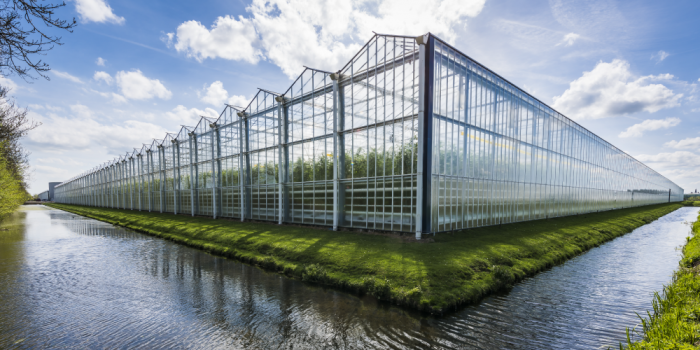
Running a successful greenhouse starts at the very beginning. Plenty of thought and foresight should be put into every physical aspect of your structure: the choice of materials, their quality, their purpose in relation to your chosen crops, and so on and so forth.
New growers might not realize just how much these impact your greenhouse operation (or hobby) at the very outset, including risk management. And yet, there’s a completely different set of important details in a plan that may slip past experienced growers: and these are location and orientation of your structure.
Overlooking these is a great regret for some growers, especially since they’re extremely impractical to change once you’ve already built or purchased your greenhouse! Changing these is possible, but not without tearing down your structure and completely rebuilding again— and if you want to mitigate risks to your greenhouse as much as possible, it starts with location and orientation strategy.
Be sure not to pass up on determining the best location, orientation, and layout for your greenhouse, whether you’re just building or looking at a greenhouse to purchase for your operation. Here are some reasons why.
Why does greenhouse location matter?
It’s tempting to think a greenhouse would look perfect (and work perfectly well) in a very specific or ideal spot; or, to buy an already existing greenhouse because it looks great right where it stands.
Even though a greenhouse is a beautiful structure and adds to its surroundings, sadly you can’t build one just about anywhere and get optimal lifespan, functionality, and efficiency out of it— or reduce risks to your greenhouse for that matter
When deciding your greenhouse location, take the following things into account:
- Sun Exposure
- Wind Exposure
- Drainage
- Slope
What is greenhouse orientation?
Rather than the actual site of your structure, this is the direction in which it runs: east to west, or north to south. The established standard in the industry is that greenhouses should always run east-west. If the sun rises and runs the length of your structure east to west, this brings optimal natural light, sun, and photosynthesis to your crops— if north to south, however, some crops receive more sunlight than others, which get shaded out.
While this is common knowledge to practically every grower, some might gloss over this detail in the planning stage. One must consider if orientation can be done in the chosen greenhouse location, and in a way that is best for function along with mitigating risks.
For example: a greenhouse could be perfectly suitable near a slope, and easily be built running east to west. However, if there are prevailing winds owing to the slope that buffet greenhouse doors and vents while open, then it may not be a suitable location because of the need for precise orientation (even if it would be a great greenhouse site otherwise).
Summary
A lot of planning and precaution should go into the most secure and longest-lasting structure. Cutting down on the most major risks to your greenhouse and business, such as the elements, is obvious— but be sure you don’t skim over location and orientation during the building or purchase stage, which can impact the integrity of your greenhouse, too. If these already give you problems, there are some solutions that may help—including a greenhouse insurance policy.
For the full information on this topic, please go to: https://nipgroup.com/greenhouse-location-orientation/
Photo credits to: nipgroup.com
